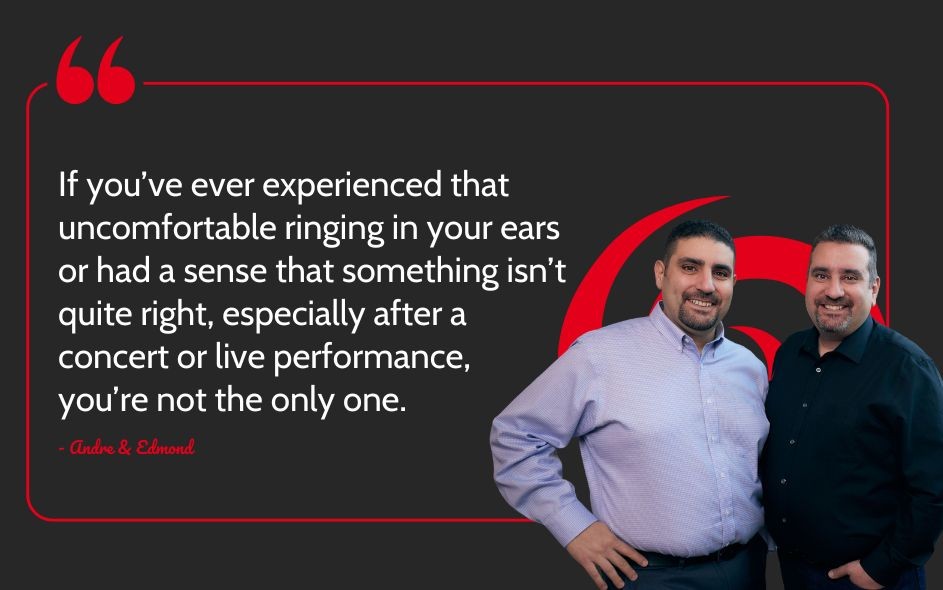Professional Hearing Assessments in Toronto and Scarborough
68% of those with a measurable hearing loss wait about seven years before seeking help. While they wait, they put themselves at risk of developing negative mental and physical health conditions, such as depression, anxiety, balance disorders, cognitive decline and more.
The only way to know the truth about your hearing is to have it tested by a hearing expert.
You May Have a Hearing Loss If…
You have to turn up the volume of the TV to levels that are uncomfortable to others.
Conversations on the phone are difficult to understand.
You’re constantly asking others to repeat themselves.
Family, friends and coworkers are complaining and telling you to “get your ears checked.”
You avoid restaurants, social events and family gatherings because it’s too hard to have a decent conversation because of the noise.
You laugh at jokes you don’t understand, covering the fact that you didn’t hear them.
There is a feeling of stuffiness or aural fullness in your ears.
You’re experiencing a constant ringing, buzzing or hissing sound in your ears (known as tinnitus).
If you’re experiencing any of the above symptoms of hearing loss, it’s time to take action.
What to Expect during Your Hearing Testing
At Hearing Aid Source our hearing testing process is simple, clear and painless
Physical Examination of Your Ears
Following our discussion, we’ll use an otoscope (a magnifying glass with a tapered end and light at the tip) to examine your ears. We’re looking for any abnormalities, such as growths, inflammation and impacted earwax.
Types of Test We Might Include
The specific tests used to evaluate your hearing will depend on the age and circumstances surrounding the individual’s hearing impairment. Tests used to evaluate your hearing can include:
Pure Tone Audiometry. As you listen and respond to various tones at different intensity levels transmitted through headphones, this test establishes your hearing thresholds, which are the lowest volume level you’re able to hear at each frequency.
Speech Audiometry. Similar to pure tone test but using spoken words. Includes speech reception and speech-in-noise (SIN) testing to evaluate your ability to understand conversational speech with background noise.
Bone Conduction Audiometry. A vibrator placed behind the ear sends tones directly to the inner ear, bypassing the outer and middle ear.
Tympanometry. An instrument is used to assess pressure on the eardrum to evaluate the condition of middle ear components and detect fluid in the middle ear.









